A Complete Guide to Remote Patient Monitoring in Healthcare
In recent years, factors like the aging population, the onset of chronic illnesses, and the need for patient-centric health strategies have called for remote healthcare methods. Plus, with the rising healthcare costs in the United States, which have tripled since the 1970s, patients are left at the mercy of delayed treatments and long queues — calling for streamlined medical processes.
The COVID-19 pandemic further fueled the adoption of remote monitoring technologies as healthcare systems struggled to find alternative care methods while minimizing physical interactions. This is where remote patient monitoring helps, ensuring that patients receive quality healthcare on the go, with fewer hospital readmissions, proactive alerts, and timely diagnosis.
What Is Remote Patient Monitoring and How Does It Work
Tracing its origin back to telemedicine efforts of the mid-20th century, Remote Patient Monitoring (RPM) is a solution aimed at transmitting medical data over distances. This healthcare model allows patients to receive care while staying at home and involves the continuous monitoring of vital signs, including blood pressure, glucose levels, heart rate, oxygen levels, and weight, to name a few.
Using digital devices, RPM collects medical data from a patient in one location and sends it electronically to a healthcare provider elsewhere. This practice allows doctors and other practitioners to analyze the data in real time, make informed health decisions, and intervene promptly when necessary. It also includes regular remote check-ins, often conducted via phone or video chat.
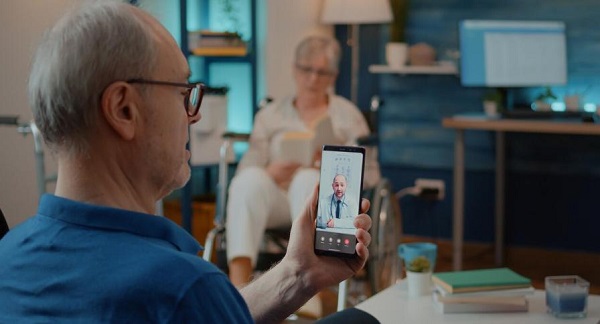
The Difference between RPM and Traditional Patient Monitoring
In the past, traditional patient monitoring devices and systems were deployed in healthcare facilities due to limited technology. Healthcare providers were only able to provide medical diagnosis and care to patients in a limited amount of space and time.
Remote patient monitoring, which allows patients to be monitored outside of the traditional clinical setting (e.g., at home or in remote locations), has transcended the traditional healthcare organization and has become a promising solution for reducing healthcare costs while maintaining a high standard of patient care.
The Relationship between RPM and Telehealth
Remote patient monitoring is a subset of telehealth. Telehealth allows healthcare providers to care for patients without having to visit the office physically. One of the options available for telehealth is the use of remote patient monitoring devices to collect vital signs to help healthcare providers stay informed about a patient's health.
Common Devices for Remote Patient Monitoring
Remote Patient Monitoring (RPM) relies on advanced medical devices to capture and transmit health data in real-time, enabling continuous monitoring of patient's health conditions. Here are a few common devices used to monitor and access patients.
Pulse Oximeter
A pulse oximeter is a medical device used to measure the oxygen saturation level of a patient's blood. It is a non-invasive device, usually clipped onto a finger, although it can also be attached to other parts of the body (earlobe or toe).
Keeping track of pulse rates and saturation levels, pulse oximeters are particularly useful for patients with lung/health conditions, including chronic obstructive pulmonary disease (COPD), asthma, or COVID-19.

Blood Pressure Cuffs
A blood pressure cuff, also known as a sphygmomanometer, is a medical device used to measure blood pressure. It consists of an inflatable cuff that wraps around the upper arm or wrist, a pressure gauge or manometer to measure the pressure within the cuff and a bulb with a valve to inflate and deflate the cuff.
Used for remote patient monitoring (RPM), blood pressure cuffs measure a patient's diastolic and systolic heart pressure, providing information about their cardiovascular health. The measurements can then be transmitted electronically to healthcare providers for review, making blood pressure cuffs a go-to for managing chronic conditions like hypertension.
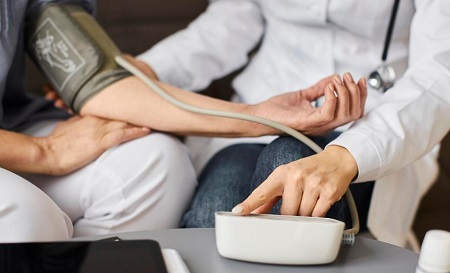
Weight Monitor
As the name says, a weight monitor is used to measure an individual's weight and can range from basic digital scales to more advanced ones that track and store weight measurements through Wi-Fi. Some of these models can also measure metrics like body fat percentage, muscle mass, and BMI (Body Mass Index).
Consequently, this device is crucial for weight monitoring patients with cardiovascular conditions like hypertension, diabetes, and kidney disease — where sudden weight gain/loss may indicate dehydration or fluid retention.
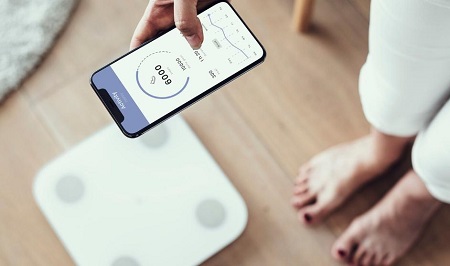
ECG + Stethoscope
An electrocardiogram (ECG) is a diagnostic test that records the electrical activity of the heart over time. When used in remote patient monitoring (RPM), this device measures the rate and regularity of heartbeats, the size and position of the chambers, the presence of any damage to the heart, and the effects of drugs or devices used to regulate the heart (such as pacemakers).
In addition, a stethoscope is a medical device used for auscultation or listening to the sounds within the body (intestines, heart, lungs, blood flow in arteries/veins). When used collectively, an ECG + Stethoscope provides both visual (EGC data) and auditory (heart/lung sounds) information about a patient's cardiovascular and respiratory health. As a result, this device is a staple for individuals with arrhythmias, heart failure, and heart inflammation.
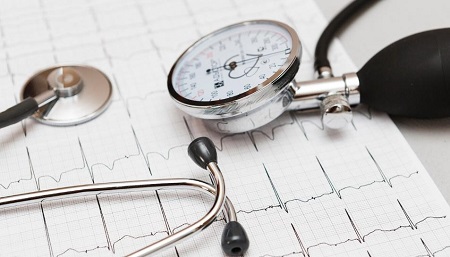
Benefits of RPM for Patients and Healthcare Professionals
Letting you monitor and manage patients' health outside traditional medical settings, remote patient monitoring (RPM) offers numerous benefits for all stakeholders involved.
For Patients
RPM allows patients to communicate with healthcare providers from the comfort of their homes, eliminating the need for frequent hospital visits (saving time and travel costs). This accessibility is particularly beneficial for those with mobility issues or the ones living in remote regions. Here are a few other benefits of RPM for patients:
- Reduced Risk of Emergencies: Continuous remote monitoring helps in the early detection of health issues or changes in a patient's condition. This allows for timely interventions and reduces the likelihood of emergencies (or urgent care visits).
- Better Health Monitoring: RPM continuously monitors patients' health metrics, including heart rate, glucose levels, and blood pressure. This allows for timely adjustment of treatment plans and better management of chronic conditions.
- Cost Savings: By reducing hospital visits and cutting down on travel expenses, RPM helps individuals save medical expenses. It also leads to fewer hospitalizations and enhances the overall quality of life.
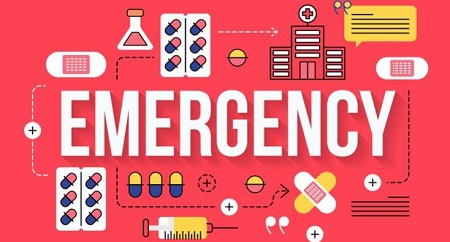
For Healthcare Professionals
By helping healthcare professionals manage patients remotely, RPM decreases the need for in-person consultations. As a result, this method saves time for both patients and healthcare providers, decreasing the load in the healthcare centers. Here are a few other ways RPM benefits healthcare professionals:
- Combat Clinical Staff Shortages: With RPM, healthcare professionals can easily manage a large number of patients remotely. This helps combat clinical staff shortages and enhances the overall productivity of medical teams.
- Improved Mental Well-being: By monitoring and managing patients remotely, RPM reduces the stress and burnout that comes with in-person care – improving the mental health of professionals.
- Optimal Resource Allocation: RPM helps in the optimal allocation of healthcare resources by prioritizing care based on patient needs and risk levels, leading to more efficient resource utilization.
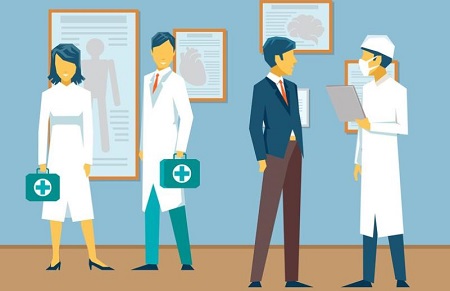
Challenges of RPM in Healthcare
There are two sides to everything. Remote patient monitoring (RPM) as a new trend also faces some challenges.
Technical Constraints
Remote patient monitoring (RPM) relies on continuous data transmission from patient monitoring devices to healthcare providers' systems. Technical glitches, like poor internet connectivity or network infrastructure, can lead to data transmission issues (delays and dropouts).
Plus, RPM systems usually consist of a bunch of different devices, including wearable sensors and home monitoring kits, making it crucial to ensure device compatibility and integration (outdated software and devices may call for extra effort).

Medical Reimbursement Issues
Since RPM is a new and advanced technology, it may not be covered in most insurance plans. This omission from insurance coverage may pull some patients back from purchasing RPM services as they may be reluctant/unable to afford out-of-pocket expenses.
Additionally, the process of securing reimbursement for RPM services may create implementation problems for healthcare professionals. This is because a few providers like Medicare have specific eligibility requirements for patients to qualify for an RPM program — while those with diabetes, COPD, and heart failure may be eligible, others may not be included.
Lack of Regulation
Being a newer technology, RPM doesn't have set protocols and regulations surrounding it. This lack of regulatory oversight may result in variability in the quality and accuracy of RPM devices and algorithms. As a result, the data collected may be full of discrepancies, and healthcare professionals may wrongly interpret it, compromising patient care.
Furthermore, RPM devices may not stick to standardized formats for data exchange, making it challenging to share patient data between different healthcare providers and systems.
Privacy and Security Concerns
When data is sent over the internet as part of a RPM system, it becomes vulnerable to data breaches and identity thefts. This is because malicious actors, like hackers, are always around on the web, seeking access to sensitive patient information for all the wrong reasons.
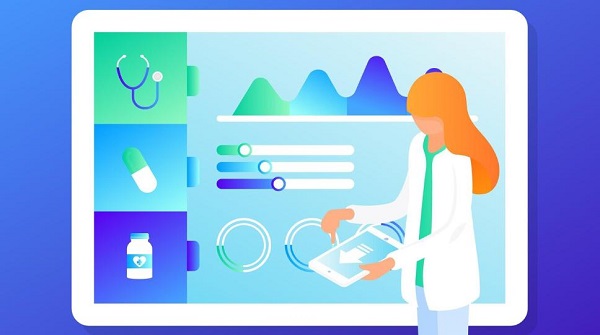
In addition, patient health data is legally protected, making it crucial for healthcare providers to use software and devices with robust security measures (end-to-end encryption and secure login authentication). All of these threats collectively hinder hospitals from adopting RPM.
Best Practices: How to Provide the Best Remote Monitoring Program for Your Patients
As a healthcare organization and staff member, you will want to know how to provide the best remote patient monitoring program. Please refer to the following:
Understand Patient Goals
When setting up an RPM program, the first thing healthcare units need to do is understand patient goals – what are they aiming to get out of remote monitoring? Do they want to improve physical fitness, manage chronic conditions like diabetes, or focus on psychological well-being? This information helps professionals identify areas of focus and establish realistic goals that target them.
Develop a Viable RPM Program
After you know the goals you're targeting, the next step is to develop a viable RPM program. Here are a few steps on how you can do this:
- Select user-friendly and reliable RPM devices (blood pressure cuffs, glucometers, pulse oximeters, or wearable fitness trackers).
- Establish clear protocols on how data from these devices will be monitored and acted upon (define normal/abnormal readings, specify response actions to be taken).
- Integrate the RPM program into existing healthcare workflows.
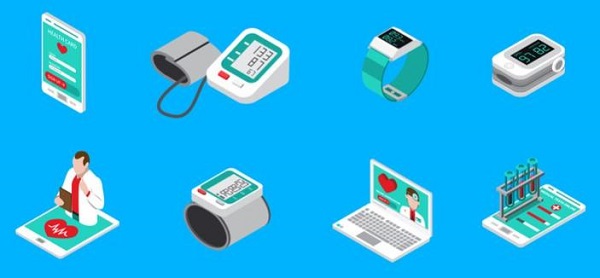
Provide Instructions on Setting up and Using RPM Equipment
Providing clear instructions is key to the efficient use of an RPM system; thus, you should aim to provide clear, concise startup guides to your patients. These instructions should include step-by-step guidance on how to unpack the RPM equipment, assemble any components if necessary, and set it up for use.
Remotely Assist Patients on How to Use Health Monitors
Some RPM devices can be synchronized and viewed on mobile apps, allowing healthcare professionals and patients to set up and use the device. However, due to the complexity of the software, some patients may not understand how to use the device accurately.
In such cases, healthcare professionals can help patients use their RPM devices remotely with the help of remote support software like AirDroid Remote Support.
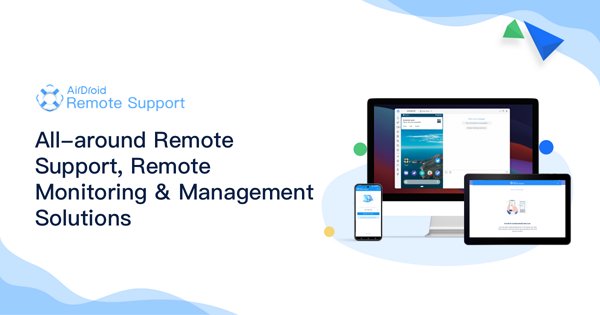
Letting clinical staff offer real-time assistance to patients, this platform helps guide your customers through every step of the way – from setup and usage to troubleshooting. Plus, it comes with several tools to help medical teams assist their patients, including on-screen features for guidance, live chat for clear instructions, and file transfer capabilities.
All in all, AirDroid Remote Support has everything you need to help your patients operate their health monitors with confidence.
Enhance Education on Remote Patient Monitoring
To improve healthcare outcomes in telemedicine and remote healthcare services, educating patients on remote patient monitoring (RPM) is a must. Many patients may not fully grasp the concept, so healthcare providers should define its purpose and distinguish it from other forms of telehealth services. Clear communication is key to addressing any misconceptions and building trust with patients.
After the concept is established, healthcare providers should describe how remote patient home monitoring works in simple terms. They should also highlight the benefits of such a system, including receiving care from the comfort of your home, actively participating in healthcare, and reducing healthcare costs.
The Future of Healthcare: Empowering Patients Through RPM
Remote patient monitoring (RPM) shines as a promising solution for improving healthcare processes, particularly in remote or underserved areas. Through the use of technology such as wearable devices and telecommunication tools, healthcare providers can monitor patients' vital signs and health data from a distance, allowing for timely interventions and improved patient outcomes.
Despite its benefits, the right implementation of RPM requires in-depth consideration of factors like data security, patient education, and integration with existing healthcare systems. By addressing these challenges, healthcare units can offer a more accessible and affordable form of care to patients, leading to better health outcomes and patient satisfaction.






Leave a Reply.